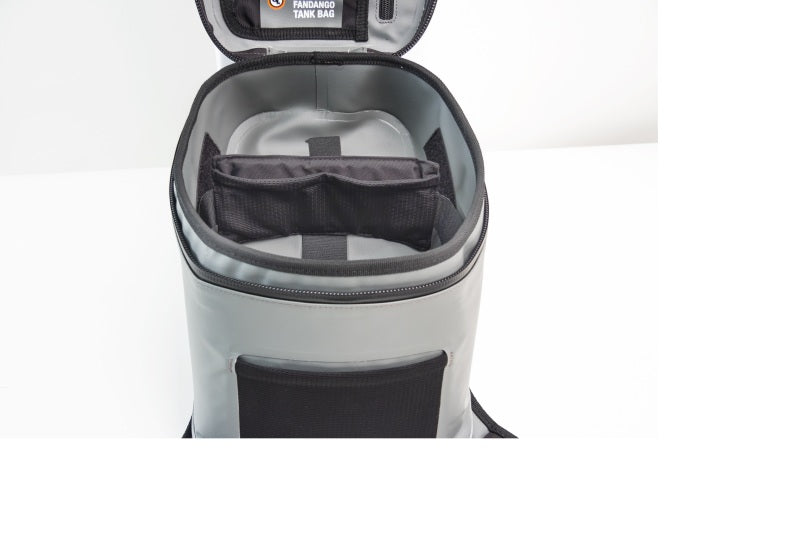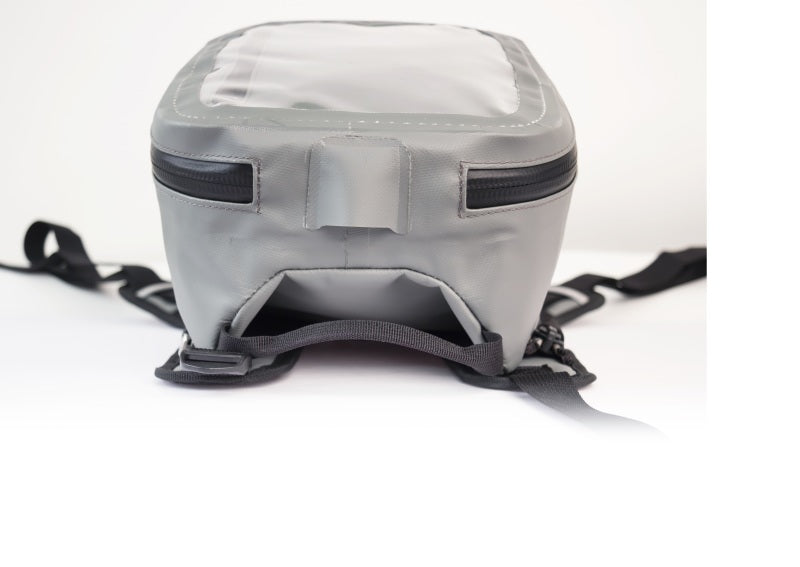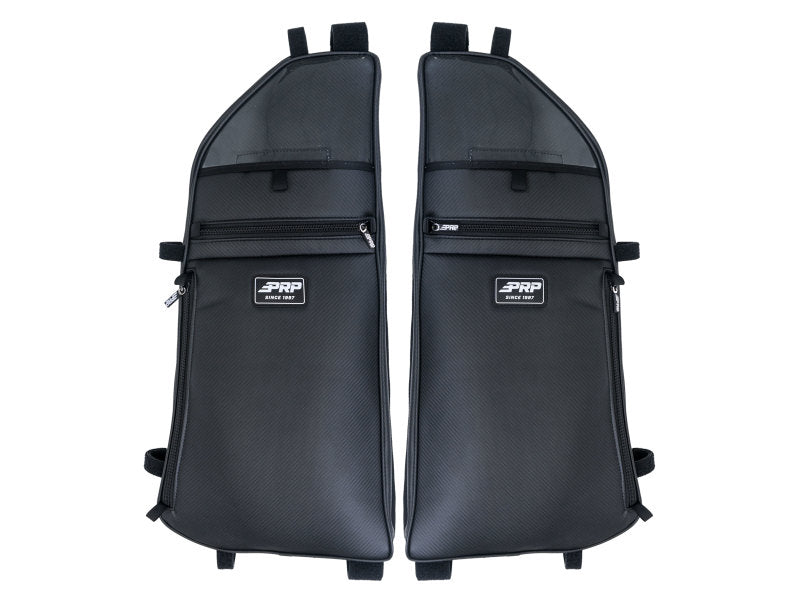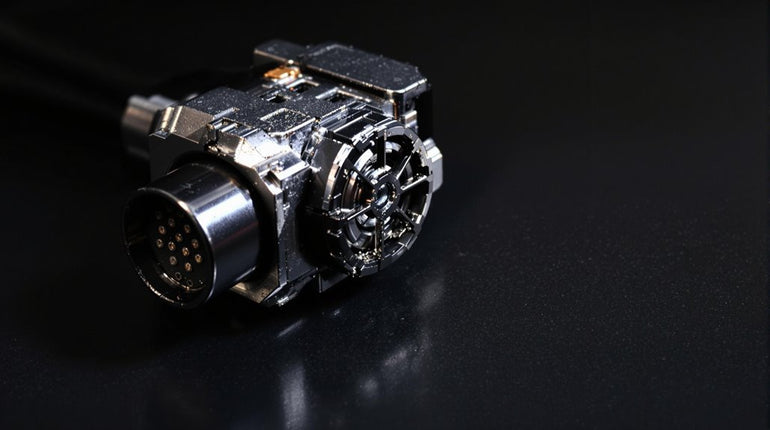Mass Air Flow (MAF) sensors calculate how much air is coming into the engine and its density to keep the engine running smoothly with the right air-fuel mixture. If a MAF sensor fails, you might notice rough idling, poor gas mileage, trouble speeding up, or the check engine light turning on. There are different types of MAF sensors, including vane-type, hot wire, Karman vortex, and hot film, each using unique ways to measure air. To test them, mechanics often use scan tools that give real-time information about the engine, aiming for idle readings between 2-7 g/s. It's also important to regularly clean the sensor with special cleaners and check it when changing the air filter. Knowing these basics helps in diagnosing and maintaining MAF sensors effectively.
Key Takeaways
- Monitor engine performance issues like rough idling, stalling, or poor acceleration, which are common indicators of MAF sensor problems.
- Check MAF sensor readings at idle (2-7 g/s) and at 2500 rpm (15-25 g/s) using a diagnostic scan tool.
- Inspect the sensor for visible contamination and clean it with specialized MAF sensor cleaner during routine maintenance.
- Test power supply voltage with a multimeter; a properly functioning MAF sensor should maintain a steady 12-volt output.
- Look for diagnostic trouble codes and ensure there are no air leaks between the air filter and intake manifold.
What Is A MAF Sensor
A Mass Air Flow (MAF) sensor is an important part of today's vehicle engines that measures how much air is going into the engine. It is located between the air filter and the engine's intake manifold.
The MAF sensor's main job is to send important information to the engine control unit (ECU), which helps maintain the right air-fuel mix for the engine to run well. The sensor's ability to measure air density accounts for variables like temperature and pressure at different altitudes.
There are two main types of MAF sensors: hot wire sensors and vane meters. Hot wire sensors have a heated wire that changes temperature based on how much air flows past it. Installing advanced air intakes can significantly improve your MAF sensor's ability to measure airflow accurately.
Vane meters, on the other hand, measure changes in air pressure. Many newer MAF sensors also include intake air temperature (IAT) sensors and can send information using voltage or pulse signals.
Common MAF Sensor Failure Signs
Spotting signs of a failing MAF sensor is important for keeping your engine running smoothly. The most common symptoms of MAF sensor problems include engine stalling, rough idling, and trouble starting up. These issues happen because the faulty sensor gives wrong air/fuel mix information to the engine control unit. Regular maintenance with high-quality motor oil helps prevent sensor contamination and extends engine life.
When the MAF sensor isn't working right, it can cause a range of performance problems. You might feel hesitation when you accelerate, hear strange noises from the engine, or see black smoke coming from the exhaust. Located between the air filter and manifold, the sensor's position makes it crucial for monitoring incoming air accurately.
Poor fuel economy can occur due to too much fuel being used, and you may experience engine surging or dragging, which means the fuel isn't being delivered correctly. The check engine light often comes on when the MAF sensor sends incorrect readings.
Additionally, drivers may notice rough acceleration, engine hiccups, and a general drop in performance because the sensor can't properly measure the airflow entering the engine.
Understanding MAF Sensor Types
Mass Air Flow (MAF) sensors come in different types, each using different ways to measure how much air enters the engine. The main types include vane (wing plate), hot wire, Karman vortex, and hot film sensors, which show how these sensors have improved over time.
Vane-type sensors work by using a moving part with a potentiometer to measure airflow, while hot wire sensors use heated platinum or tungsten pieces that change temperature to track airflow. The accurate readings of hot wire sensors are enhanced by their central air stream positioning.
Karman vortex sensors create and measure swirling air patterns, which means they can provide very accurate readings. Hot film sensors use flat thin-film resistors, which are similar to hot wire sensors but have a different shape.
These different types of MAF sensors are designed for various engine needs, with hot wire and hot film sensors being popular in modern cars because they measure mass directly and offer great precision. Using high-flow filtration helps maintain optimal MAF sensor performance by preventing contaminants from interfering with readings.
Testing Your MAF Sensor
To test a MAF sensor, technicians can follow a few simple steps to check how well it's working.
The main ways to test the MAF sensor include using a scan tool to look at real-time data and using a multimeter to check the power supply. Custom seating options can make diagnostic work more comfortable during extended testing sessions.
When using a scan tool, technicians should look for MAF readings between 2-7 g/s when the car is idling. When the engine speeds up to 2500 rpm, the reading should increase to about 15-25 g/s. To ensure the MAF sensor is working correctly, they should graph the data from 1000 to 2250 rpm, which should show a straight line pattern. Using an air intake cleaner can help restore proper sensor function if readings are inconsistent.
To check the power supply, technicians can use a multimeter set to 20 volts to test each pin on the MAF sensor connector, looking for a steady 12-volt supply.
Signs that the MAF sensor might be failing include rough engine performance, stalling, and engine trouble codes like P0171. A physical check might show dirt or damage that either needs cleaning or means a new sensor is necessary.
Cleaning MAF Sensors Properly
When you find out that a MAF sensor needs some care, it's important to clean it properly so you don't hurt this delicate part. To do this, first, disconnect the sensor from the electrical system and carefully take it out of the vehicle's pipes.
When cleaning the sensor, only use special cleaners made for MAF sensors. Spray in short bursts (about 10-15) around the inside parts. Be careful not to touch the sensor elements and avoid using harsh cleaners like brake or carburetor cleaner. The most common contaminants that affect sensor performance are dust and insects.
After cleaning, let the sensor dry completely before putting it back in to avoid any leftover issues.
Much like custom wheels can transform your vehicle's performance, maintaining a clean MAF sensor is crucial for optimal engine function.
It's a good idea to clean the MAF sensor whenever you change the air filter or at least once a year. You might notice it needs cleaning if the engine runs unevenly, if you feel a loss of power, or if you're using more fuel than normal.
If cleaning it doesn't fix any problems, it might be a good idea to get a professional to take a look.
When To Replace MAF Sensors
Car owners often need to check if their MAF (Mass Air Flow) sensor needs to be replaced instead of just cleaned. To make this decision, follow some simple steps like checking error codes and measuring voltage. If you notice problems like hard starting, poor engine performance, or high fuel usage even after cleaning, it might be time to replace the sensor. Some signs that you should replace the MAF sensor include failed voltage tests, no signal changes, and a check engine light that stays on with MAF-related error codes. Keep in mind that the MAF sensor doesn't last forever and can vary based on your car's make and model. When you buy a new sensor, make sure it fits your vehicle correctly. After you install it, remember to clear any trouble codes and test to make sure it's working right. If you're not comfortable doing this yourself, it's a good idea to hire a professional. Incorrect installation can lead to more problems with your car's performance.
Preventing MAF Sensor Damage
Taking care of your MAF sensor helps it last longer and work better. To keep it in top shape, follow some easy maintenance steps and installation tips.
|
Preventive Measure |
How to Do It |
|
Regular Cleaning |
Use a special MAF cleaner and keep it dry |
|
Electrical Care |
Check the wiring, avoid static, and confirm voltage |
|
Environmental Protection |
Use a good air filter and keep it safe from water |
|
Installation Protocol |
Make sure it's mounted securely, check seals, and ensure proper airflow |
Important steps include using only special MAF cleaners for upkeep, regularly checking electrical connections, and shielding it from environmental issues. Stay away from oiled air filters, as they can dirty the sensor. Checking for vacuum leaks and installing it correctly will help it run at its best. Following the maintenance schedule from the manufacturer and using the right tools will really help your sensor last longer.
Troubleshooting MAF Sensor Problems
To solve problems with the MAF sensor, start by paying attention to the signs your car is showing. Common signs include the check engine light coming on, trouble starting the engine, and the engine running roughly.
It's important to know that not every performance issue is caused by a faulty MAF sensor, so be sure to check other possible causes.
Start by running a full computer diagnostic to see if the MAF sensor is the problem. Look for signs like black smoke from the exhaust, poor gas mileage, and the engine hesitating.
Although it may be tempting to upgrade the MAF sensor, it's best to begin with basic care by cleaning the sensor using the right cleaning products. If issues continue, check for air leaks or dirt around the sensor area.
You might need professional help to check the voltage readings accurately. If replacement is needed, choose OEM parts to ensure everything works well together and keeps your engine performing at its best.
Frequently Asked Questions
Can a Faulty MAF Sensor Damage Other Engine Components Over Time?
A bad MAF sensor can really harm your engine over time. It can lead to engine wear, damage to the catalytic converter, problems with the fuel injection system, and more stress on parts because of the wrong air-fuel mixture.
Are Aftermarket MAF Sensors as Reliable as OEM Ones?
Aftermarket MAF sensors are usually not as reliable as OEM ones, even though they might be cheaper. OEM sensors are better because they fit well, are made with high standards, and tend to last longer because they are designed by the original manufacturer.
How Does Altitude Affect MAF Sensor Readings and Performance?
Altitude has a big effect on MAF sensor readings because the air gets thinner and softer at higher altitudes. To deal with this, it's important to calibrate the sensor correctly so it can still measure the airflow accurately. This helps the engine run smoothly and efficiently even when you're at a higher elevation.
What's the Average Lifespan of a MAF Sensor in Normal Conditions?
In regular use and with good care, a MAF sensor usually lasts between 150,000 and 250,000 miles. However, it might fail sooner if dirt or poor maintenance affects how well it works.
Can Extreme Weather Conditions Affect MAF Sensor Accuracy and Readings?
Extreme temperatures and high humidity can really affect how well a MAF sensor works. These conditions change how heat moves through the sensor, can cause water to form, and might even damage the sensor parts. All of this can lead to incorrect measurements of airflow.
Conclusion
MAF sensor maintenance and diagnosis remain critical aspects of modern engine management systems. Proper diagnosis through systematic testing, regular cleaning, and preventive maintenance helps guarantee peak sensor performance and engine efficiency. Understanding the different types of MAF sensors, their common failure modes, and appropriate troubleshooting methods enables accurate diagnosis and timely replacement when necessary. This systematic approach to MAF sensor care ultimately preserves engine performance and prevents costly repairs. For more information on MAF sensors and related technologies, visit Gexhaust. If you have any questions or need assistance, feel free to Contact us.





